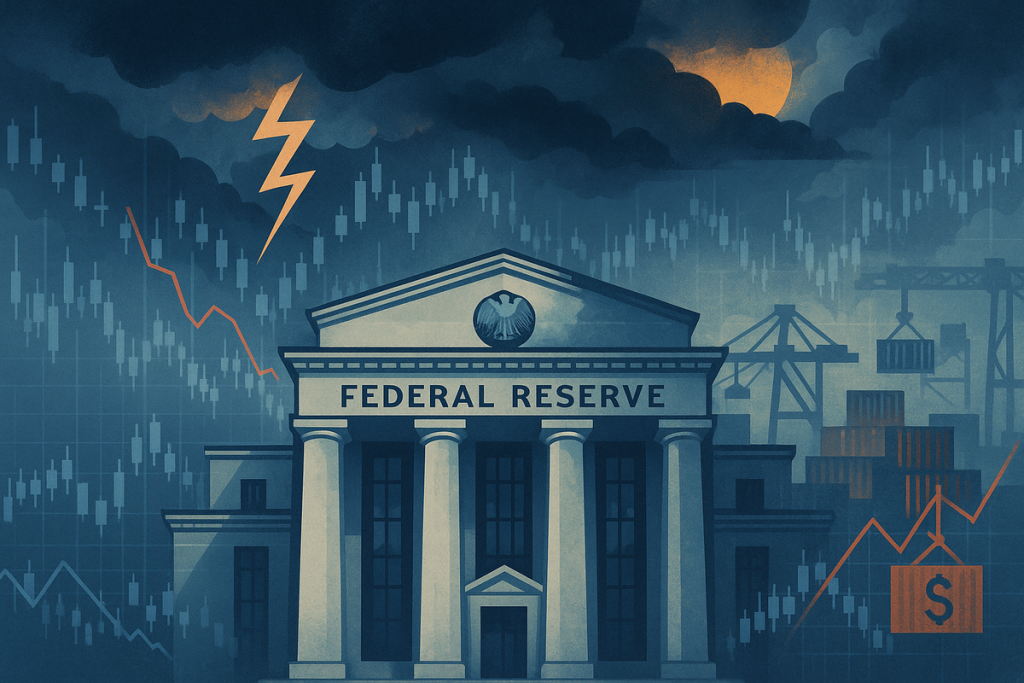Fed Policy Outlook
The Federal Reserve (Fed) has signaled a possible interest rate hike in November 2025, reflecting ongoing concerns over elevated inflation and strong economic growth. Investors and financial analysts are closely monitoring the Fed’s guidance to assess potential impacts on borrowing costs, equity markets, and consumer lending.
Inflation and Economic Indicators
According to the latest statements from Fed officials, inflation pressures remain above the central bank’s 2% target, prompting considerations for further tightening of monetary policy. While the Fed has held rates steady in recent months, economic indicators suggest that a moderate rate increase may be implemented to prevent the economy from overheating.
Impact on Financial Markets
The possibility of higher rates has already influenced market behavior:
- Equities: Stock indices experienced minor volatility as investors priced in potential borrowing cost increases.
- Bonds: Yields on U.S. Treasury securities have risen slightly in anticipation of rate hikes.
- Consumer Loans: Mortgage and personal loan rates could increase, affecting borrowing decisions for households and businesses.
Broader Economic Implications
Higher interest rates generally strengthen the U.S. dollar and can help curb inflation, but they may also slow consumer spending and investment. Economists emphasize a balanced approach, as overly aggressive hikes could impact economic growth, while delays could let inflation remain elevated.
Market Outlook
Traders and investors are advised to monitor upcoming Fed meetings, inflation data, and economic indicators closely. A rate hike in November 2025 could set the tone for monetary policy in 2026 and influence global financial markets.


